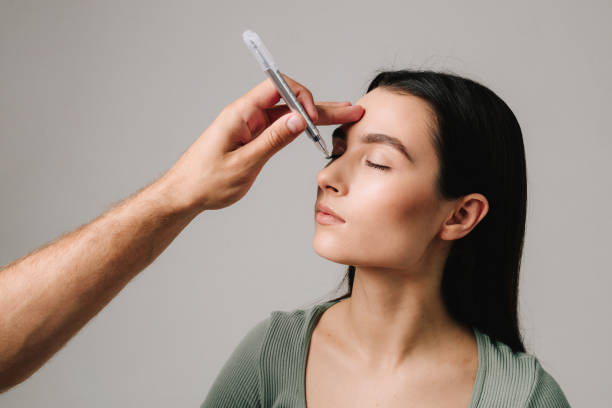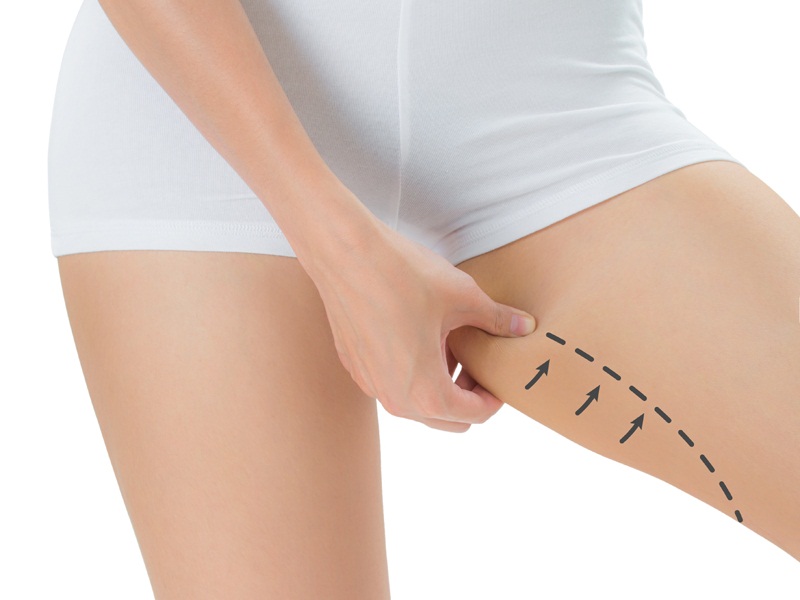Congenital nasal deformities are structural issues of the nose present from birth that can affect both appearance and nasal function. These deformities can range from minor asymmetries to more complex abnormalities that cause breathing difficulties or emotional distress. Understanding how rhinoplasty surgery can address these conditions helps individuals make informed decisions about their treatment options.
Rhinoplasty is a surgical procedure designed to reshape the nose for aesthetic and functional improvements. Specifically, Rhinoplasty in Riyadh(عملية تجميل الأنف في الرياض) offers solutions tailored to correct congenital nasal deformities, restoring both the form and function of the nose. This procedure is not just about enhancing appearance—it can significantly improve breathing, boost confidence, and improve overall quality of life.
Understanding Congenital Nasal Deformities
Congenital nasal deformities develop as a result of genetic factors or irregularities during fetal development. These deformities might involve the nasal bones, cartilage, septum, or soft tissues, leading to various nasal abnormalities such as a crooked nose, a malformed nasal tip, or a deviated septum. Many individuals born with such deformities experience impaired airflow or chronic nasal congestion, making corrective surgery essential.
Often, these deformities are more complex than typical cosmetic concerns because they involve structural problems inside the nose. This complexity means that corrective rhinoplasty requires precision and skill to balance aesthetic improvements with functional restoration.
How Rhinoplasty Addresses Structural Issues
Rhinoplasty surgery focuses on correcting the underlying anatomical abnormalities that cause congenital nasal deformities. By reshaping the nasal bones and cartilage, a skilled surgeon can realign the nose’s structure to improve symmetry and enhance breathing pathways. Surgical techniques are customized based on the specific deformity, such as reconstructing collapsed nasal valves, augmenting underdeveloped areas, or straightening a deviated septum.
Every rhinoplasty procedure for congenital deformities begins with an in-depth evaluation, including a thorough examination and imaging as needed. This step allows the surgeon to develop a detailed surgical plan. The goal is to achieve a natural-looking nose that fits harmoniously with the patient’s face while restoring nasal airflow.
Functional Benefits Beyond Aesthetics
Though appearance is an important aspect, one of the most significant benefits of rhinoplasty in this context is functional correction. Many congenital nasal deformities create breathing difficulties that negatively impact daily life, sleep quality, and even overall health. By improving nasal airflow through structural changes, rhinoplasty can significantly enhance respiratory function.
Patients often report relief from chronic nasal obstruction, reduced snoring, and better exercise tolerance after surgery. These results highlight how rhinoplasty goes beyond cosmetic improvements to deliver important health benefits.
The Psychological Impact of Correcting Nasal Deformities
Living with a congenital nasal deformity can affect self-esteem and social confidence, especially when the deformity is noticeable or causes negative attention. Corrective rhinoplasty offers psychological relief by improving the patient’s appearance in a way that feels natural and balanced.
Studies show that patients who undergo rhinoplasty to fix congenital deformities often experience a boost in confidence, better social interactions, and an overall improvement in emotional well-being. This holistic impact underscores the importance of addressing both the physical and psychological aspects of nasal deformities.
What to Expect During Rhinoplasty in Riyadh
Undergoing Rhinoplasty in Riyadh involves several stages—from initial consultation to recovery—that are designed to ensure safe and effective outcomes. During the consultation, surgeons will evaluate nasal structure, discuss expectations, and address any concerns. The surgery itself varies depending on the complexity of the deformity but typically includes general or local anesthesia with sedation.
Postoperative care is crucial for optimal healing, involving measures to reduce swelling, avoid trauma to the nose, and attend follow-up appointments. Patients need to be patient during the recovery phase, as final results can take several months to fully manifest.
Advances in Rhinoplasty Techniques for Congenital Deformities
Recent advances in surgical tools and techniques have improved the success rates and precision of rhinoplasty for congenital nasal deformities. Innovations like 3D imaging, cartilage grafting, and minimally invasive approaches allow surgeons to plan and execute the surgery with enhanced accuracy.
These advances ensure that patients receive personalized treatment that respects their unique nasal anatomy, minimizing risks and maximizing satisfaction. Additionally, these technological improvements have contributed to faster recovery times and more predictable outcomes.
Choosing the Right Surgeon for Congenital Nasal Deformity Correction
Selecting a surgeon experienced in both aesthetic and functional rhinoplasty is essential for correcting congenital nasal deformities effectively. A skilled rhinoplasty surgeon understands the complex anatomy of the nose and tailors surgical plans to meet each patient’s specific needs.
Patients should seek a surgeon who can demonstrate successful outcomes in congenital deformity correction, communicate clearly about the procedure, and provide comprehensive postoperative support. This choice significantly impacts the overall satisfaction with the surgical results.
Frequently Asked Questions
What distinguishes rhinoplasty for congenital deformities from cosmetic rhinoplasty?
Rhinoplasty for congenital deformities focuses on repairing structural abnormalities that affect function as well as appearance, whereas cosmetic rhinoplasty typically addresses aesthetic refinements.
Is rhinoplasty successful in improving nasal breathing for those with congenital deformities?
Yes, one of the primary goals of this surgery is to restore proper nasal airflow by correcting blockages or misalignments caused by the deformity.
How long does recovery take after rhinoplasty for congenital nasal deformities?
Recovery varies per individual but generally includes a few weeks of swelling and bruising, with gradual improvement over several months to see final results.
Can rhinoplasty surgery correct nasal deformities present since childhood?
Absolutely. Rhinoplasty is effective at addressing long-standing congenital deformities regardless of the patient’s age, as long as growth is complete.
What are important preoperative considerations before undergoing rhinoplasty?
Patients should have a thorough medical evaluation, realistic expectations, and an understanding of the surgical process and recovery to ensure a positive experience.








0 Comments